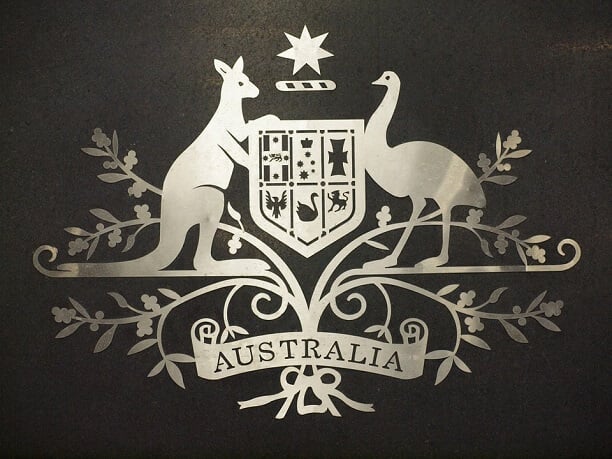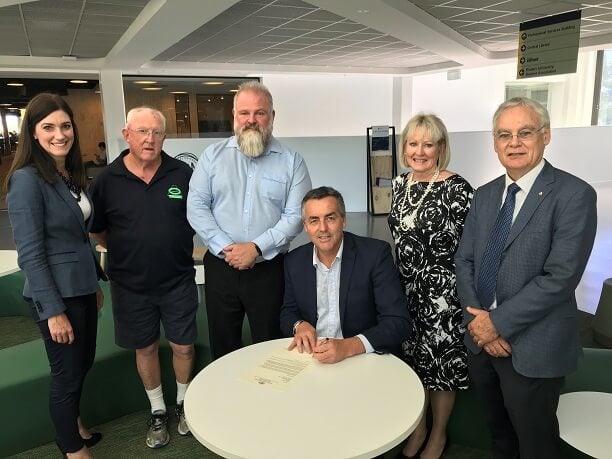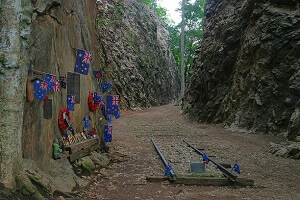
Navy appealing for help in identifying HMAS Sydney unknown sailor
HMAS Sydney was lost on 19 November 1941 during a mutually destructive engagement with the German commerce raider, Kormoran. The wrecks of both ships were lost until March 2008, when they were rediscovered near the west coast of Australia. Whereas the majority of the Kormoran’s crew survived the battle, Sydney was lost with all hands.
The only remnant of the Sydney’s crew was discovered in February 1942 off the shores of Christmas Island. A drifting life raft was spotted by lookouts stationed on the island. Upon closer inspection, they found it contained the decomposed human remains of what is thought to be a sailor from the Sydney.
Since then, several forensic investigations and DNA tests have been carried out on the remains, but the sailor remains unidentified. Now, the Royal Australian Navy is appealing to the public in the hopes of finding living ancestors that could provide a DNA match and positively identify the unknown sailor.
Previous investigations have established that the sailor was between 21 and 33 years of age and most likely hailed from a rural part of eastern Australia prior to enlistment. He would have been tall for his generation, at around 1.7m – 1.9m. He had acquired an unusual feature in both ankle joints, known as squatting facets, which indicated that he was more used to squatting than sitting on chairs during his lifetime. This supports the likelihood that he did not hail from an urban city or town. DNA tests revealed that he had red hair, blue eyes and pale skin, suggesting European (possibly Scottish or Irish) descent.
Commander Greg Swinden, who is leading renewed efforts to identify the sailor, explained that “With the recent advances in DNA identification technology we really think we have a chance at identifying who this sailor was and bringing some closure to one of the many families who lost loved ones in Sydney … For this to happen we need family members to come forward to take part in a saliva DNA testing program to see if we can achieve a match with the unknown sailor.”
However, to be successful the sample needs to be mitochondrial DNA which only comes from the maternal side of the family. “Brothers and sisters are good for the testing as well as females who are nieces and cousins from the mother’s side of the family,” he said.
The team is also looking for high-quality photos that show Sydney sailors smiling. Forensic dentists are able examine these photographs to determine if a match exists with the distinctive dental features of the unknown sailor.
If you have an ancestor that was lost with the Sydney in 1941 and would like to contribute to the project, you can contact Commander Greg Swinden at the Sea Power Centre: [email protected].
Any DNA testing will be carried out strictly in accordance with Navy and Australian Defence Force policy.











